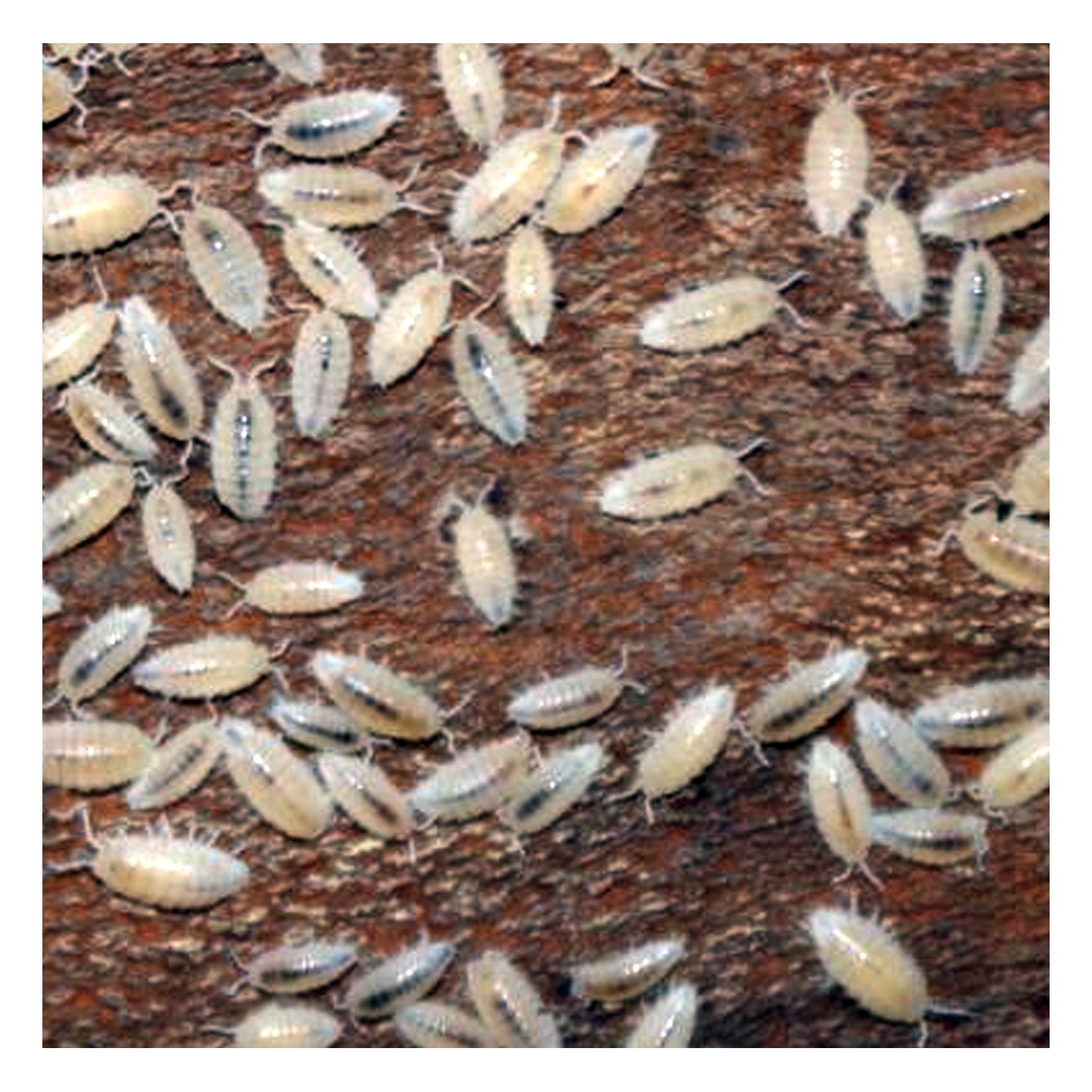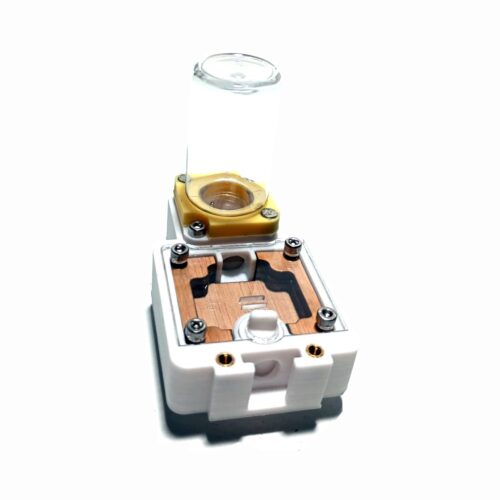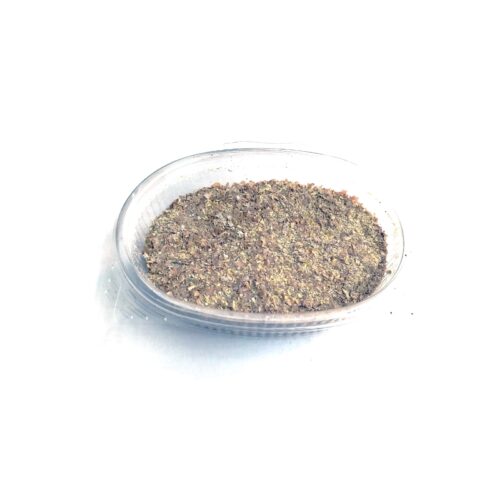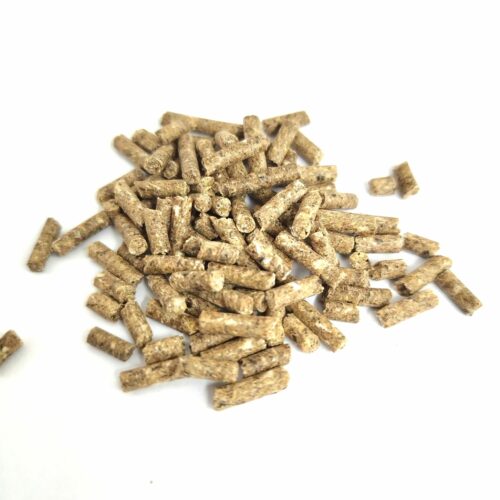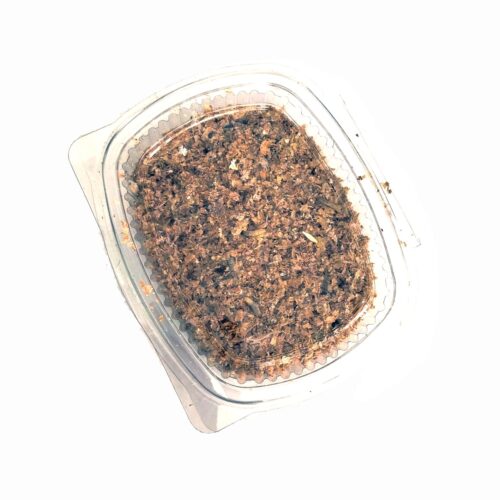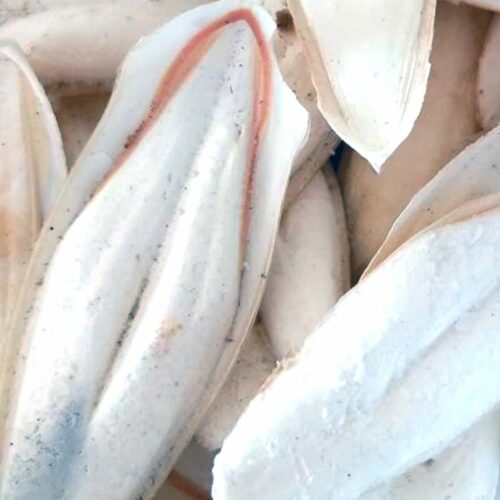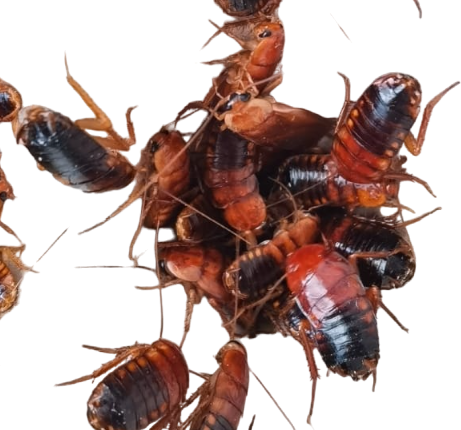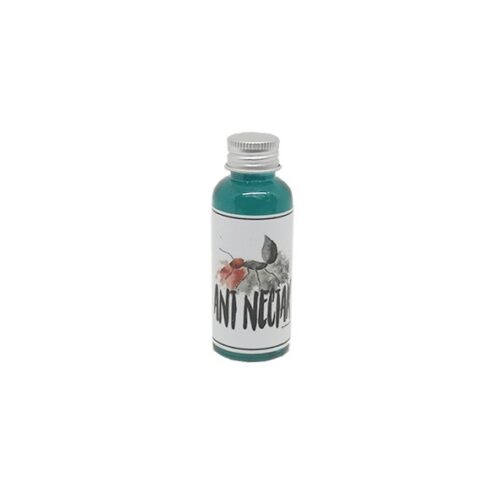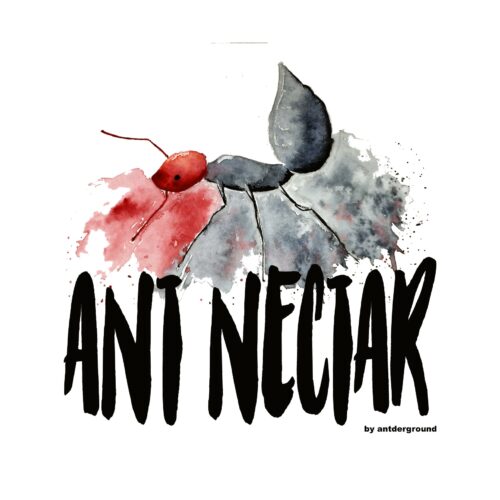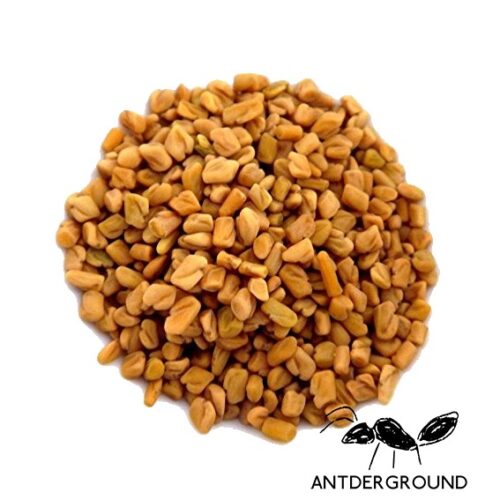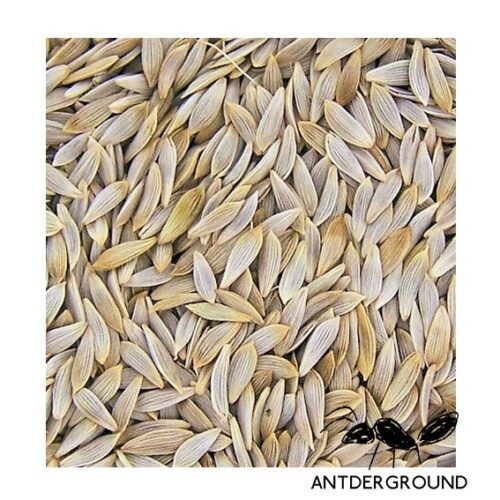Trichorhina tomentosa
1,50€ – 4,50€
Discover Trichorhina tomentosa (dwarf mealybug), a live food for small animals such as reptiles or microfauna in bioactive terrariums. It is a food very rich in calcium. Also for ants and insects in general.
* The value (ml) is the total of the tub with the cochineal + substrate.
Technical information on Trichorhina tomentosa.
Scientific Name:
- Trichorhina tomentosa
Common Names:
- Pill bug
- Bicho bolita
- White woodlouse
- Moisture bug
Classification:
- Kingdom: Animalia
- Phylum: Arthropoda
- Subphylum: Crustacea
- Class: Malacostraca
- Order: Isopoda
- Family: Trichoniscidae
- Genus: Trichorhina
Distribution: Originally from North America, it is widely distributed worldwide, especially in moist environments such as organic soils and dark places.
Morphological Description:
- Size: Adults are approximately 5-8 mm long.
- Body: Oval, segmented into several sections, with a resilient exoskeleton.
- Color: Usually varies between brown and gray, although some individuals may have a white or light gray tint.
- Antennae: Short.
Biology and Behavior:
- Environment: Prefers moist habitats, commonly found in areas with decomposing organic material.
- Diet: Detritivore, feeds on decomposing organic material such as plant debris and leaves.
- Reproduction: Simple reproductive cycle; females carry eggs in a ventral pouch until they hatch.
Utility in the Breeding of Other Animals:
- Feeding: Ideal as food for other insects and reptiles in captivity due to its natural and nutrient-rich diet.
- Maintenance: Easy to care for in controlled environments due to its adaptability to humidity conditions and detritivorous nature.
Significance in Research: Used as a model organism in scientific studies, especially in research on animal behavior, ecology, and physiology.
| Options |
100 ml ,500 ml |
|---|
Related products
Cockroach Food
there is stock
IsoSnack: Nutritious Food for Isopods
there is stock
- Mix it with other natural foods such as dry leaves, decaying wood and fresh fruits or vegetables. Do not use it as the only food, since isopods need diversity to obtain other nutrients and microorganisms that are not present in this product.
- Combine it with an environment rich in natural substrate so that they obtain a full spectrum of nutrients.
Galleria Mellonella cultivation
there is stock
Cuttlebone
there is stock
Shelfordella lateralis (ex tartara)(10 units)
there is stock
fenugreek seeds
there is stock








